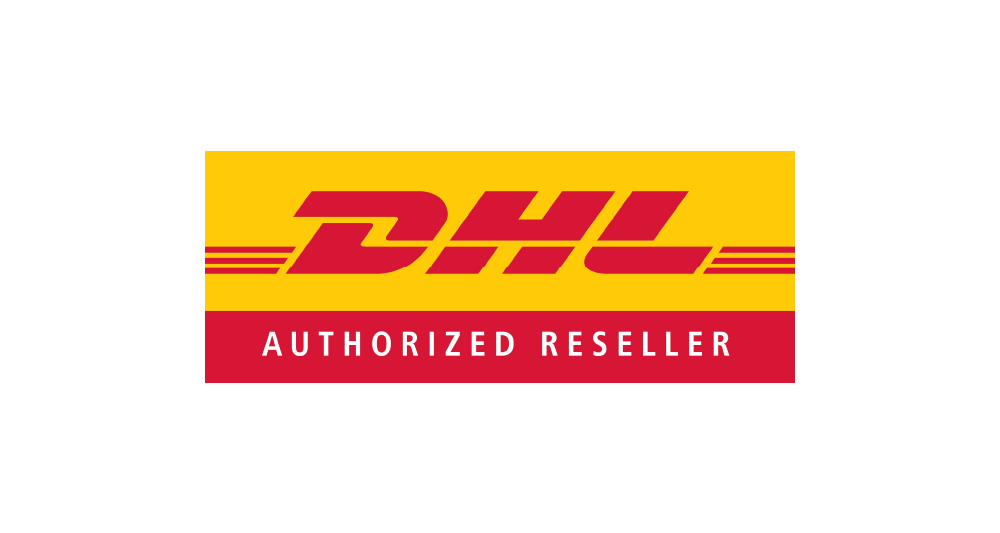Written by Christine Nashick, DHL Blog
If you are in e-commerce, you need to ensure that your 2019 business plan explores the potential of international sales and marketing. If you don’t at least evaluate your global opportunities, you risk falling behind your competition. You also could miss a critical chance to expand your sales exponentially. That’s because, as a DHL report reveals, cross-border e-commerce is growing at twice the rate of domestic on-line sales. According to Shopify, global retail e-commerce will reach $4.5 trillion by 2021, up from $1.4 trillion in 2014.
Here are some tips to help you amplify your 2019 business plan:
Start by knowing the elements of a good plan.
The best business plans are not jotted down quickly; they are carefully contemplated, researched and reviewed. For guidance, the Small Business Administration (SBA) offers comprehensive resources to help you map and develop your plan through each key area.
Some of the central elements of your plan will include a market analysis, a sales and marketing plan (including where and how you will execute it), a product line analysis and financial projections. As part of your sales and marketing strategy, your analysis should include an evaluation of your preparedness to go global. Are your products right for certain international markets, and if so, which countries? How will you deliver your products quickly, affordably and efficiently to global customers?
At DHL, we have developed a test to determine if your product offerings and your organization’s capabilities are “relevant, appropriable and transferable.” The simple “RAT Test” aims to assess if audiences in new international markets will find value in your products (relevant); if your goods are unique enough to prevent imitation from competitors in the market you are entering (appropriable—meaning, you don’t want them to be); and if you can sell and deliver without having to spend excessively to reach the end consumer (transferable).
When it comes to global e-commerce, details matter.
Your business plan should specify the steps you will take to launch in specific global markets when you are ready. You will need to plan and develop your website to serve unique global audiences, which means selecting a platform that allows for international sales and creating a customer service strategy that works internationally. You will also need to ensure that your site, including your mobile site, meets the language and cultural needs of international buyers.
The last and most important part of your global plan involves logistics: how will you ship your goods, notify customers of the cost (including taxes and Customs fees) and structure your returns policy? What is your strategy to ensure that goods clear Customs quickly, and how will you monitor changing Customs requirements in the United States and abroad? Working with an experienced international shipping and logistics partner is essential to fulfilling your orders to your customers’ satisfaction.
Remember that your plan is a work in progress.
Plan to regularly review and update your strategies based on financial outcomes as well as domestic and global economic changes.
Have you reviewed your company’s business plan lately? What are you planning for 2019? Let us know on Twitter @DHLUS.
Source: DHL Blog




